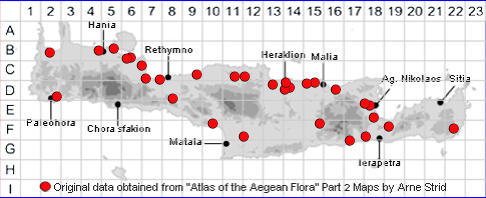
SPECIES DESCRIPTION
AMARANTHUS BLITOIDES
Family:- AMARANTHACEAE
Common Name:- Prostrate amaranth
Synonyms:- None
Meaning:- Amaranthus (Gr) Unfading, reference to the everlasting flowers.
Blitoides (Gr) Resembling Blitum, an ancient Greek name for a kind of
spinach.
General description:- Procumbent, spreading annual.
Stems:-
a) 15-50 cm.
b) procumbent.
c) whitish.
d) hairless (glabrous) or slightly hairy (pubescent) in the upper part.
Leaves:-
a)1·5-3 cm.
b) oblong-lanceolate to obovate-spatula-shaped, obtuse.
c) with distinct membranous margin.
Flowers:-
1) Inflorescence:
a) of short, axillary cymose clusters, leafy to the apex.
2) Bracteoles:
a) shorter than the perianth.
b) lanceolate.
3) Perianth-segments:
a) 4 or 5.
b) unequal.
c) resembling the bracteoles.
d) the largest 2-2·5 mm, with a short acumen.
Fruit:- Capsule:
a) splitting open to release the seeds (dehiscing) transversely.
Key features:-
1) Perianth-segments (4)5
2) Inflorescence composed entirely of axillary cymose clusters, usually leafy to the
apex.
3) Fruit dehiscing transversely.
4) Large perianth-segments with a short acumen.
Habitat:- Weed of cultivated fields, (especially of irrigated crops), gardens,
roadsides, wasteground, trampled areas. 0-1000 m.
Distribution:- Native to C & SW. United States. Naturalised and widespread in the
Mediterranean region, Widespread on Crete but localised around coastal areas.
Flowering time:- May-Oct.
Photos by:- Steve Lenton
